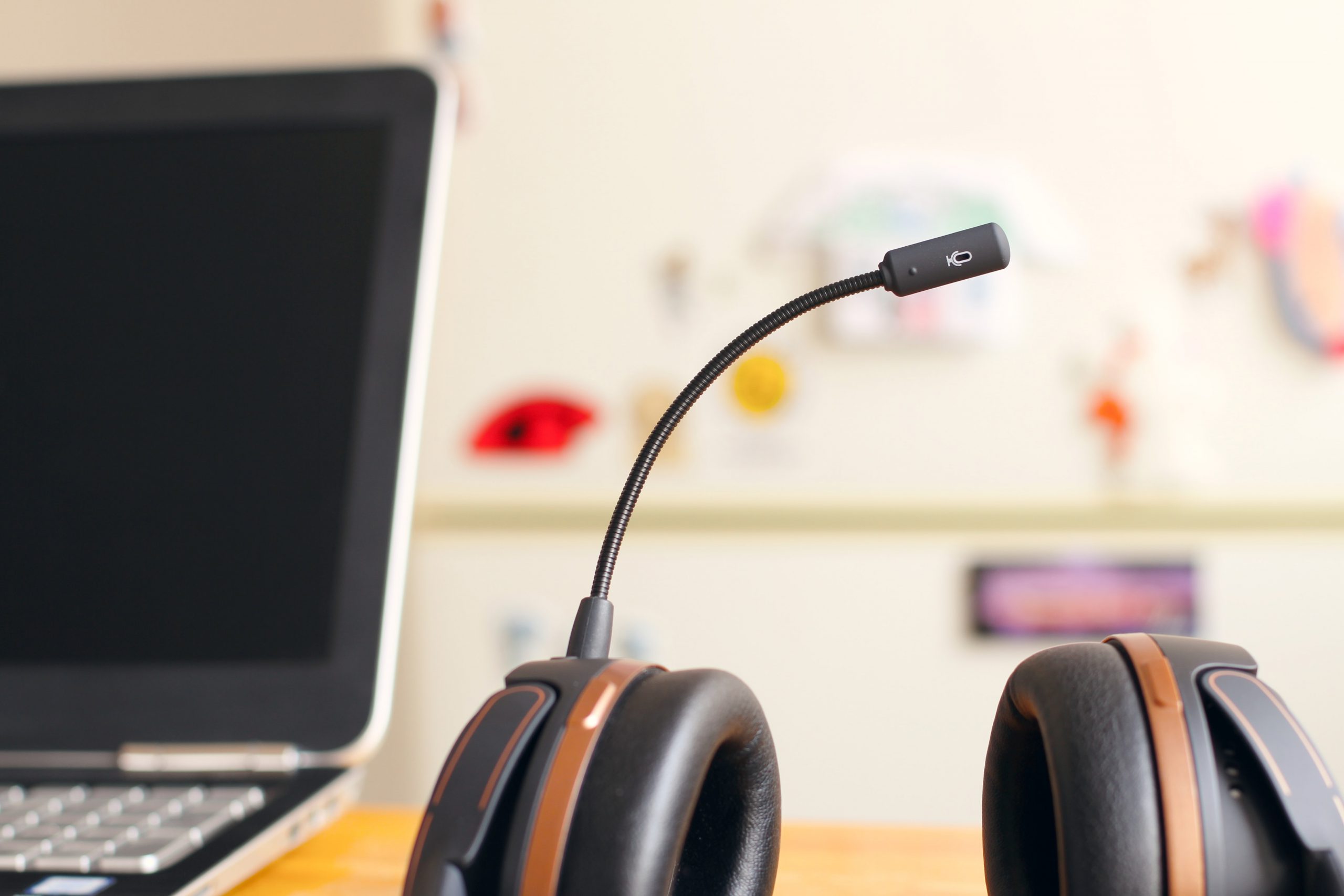With technology comes the pressure for business owners to respond faster than ever to customers as part of their customer service.
The top aspect of customer experience that customers think can be improved is “faster response times,” according to a survey by Zingle.
And the majority of business owners surveyed by Broadly in The State of the American Small Business 2019 reported that they felt like they have an hour or less to respond to a potential customer or risk losing them to a competitor.
Here are six tips to improve the responsiveness of your customer service.
Find out what your customers want
Depending on your business and customer base, you could have a very different group with very different preferences compared with another business.
Conducting a survey of your existing customers can help you understand which customer service channels they prefer.
Would they rather communicate via email or social media? If social media, which platform? Do they want more functionality on your website (appointment bookings, chat features, etc.)? Would they be OK with a chatbot if it got them a faster response?
The questions are limitless. However, think about all the touchpoints your customers have with you, so you can get complete insights from your survey.
Set customer expectations
No matter what your business is, there’s likely one communication channel you prefer. This is the channel that can guarantee a faster response than all others.
Whatever that channel is, be sure to communicate that on your other customer service channels, letting customers know that for a faster response, they should call you directly, for example.
Develop customer service procedures with your team
Setting expectations with your team is critical. How quickly should customer service questions be answered on email and social media channels? How quickly should any customer voicemails be responded to?
Set a goal for each customer service channel, and with that goal, set an expectation of frequency for checking those channels.
In addition, it’s important to train your employees on how to respond to all customer service questions. While this delivers better consistency in the customer service experience, it also can speed up the response time. This is because employees won’t have to figure out how to answer the most commonly asked questions on the fly.
Create an easily accessible FAQ
The quickest response time is for the customer who is enabled to answer his or her own questions.
A Frequently Asked Questions section is one of the most common and powerful ways to help potential customers 24/7. This tactic doesn’t require any additional effort on your end (outside of creation and possible updating). It’s a very low-maintenance method, but the power is in covering all the key questions you could be asked.
Automate where you can
Technology continues to evolve in ways that can give you a leg up on customer service responsiveness. Whether it’s setting up an email autoresponder or an instant Messenger reply for your Facebook page—or even a chatbot on your website, there are many opportunities.
There are even customer service software platforms that can help you throughout the customer journey, such as Zoho Desk and Freshdesk, among others.
The first step to deciding on what to use is to evaluate where your customer questions are coming from. Performing a quick audit can help you determine the level of automation that will best suit your needs.
Remember the point of customer service
No matter how fast you can increase your customer service response timing, never forget that the point is to serve the customer. You want to remain human and really listen to the question or feedback (positive or negative) you’re receiving.
The quality of your customer service is what will often make or break your business. Take account of how you’re doing now, where you can improve and then make your expectations a reality.

